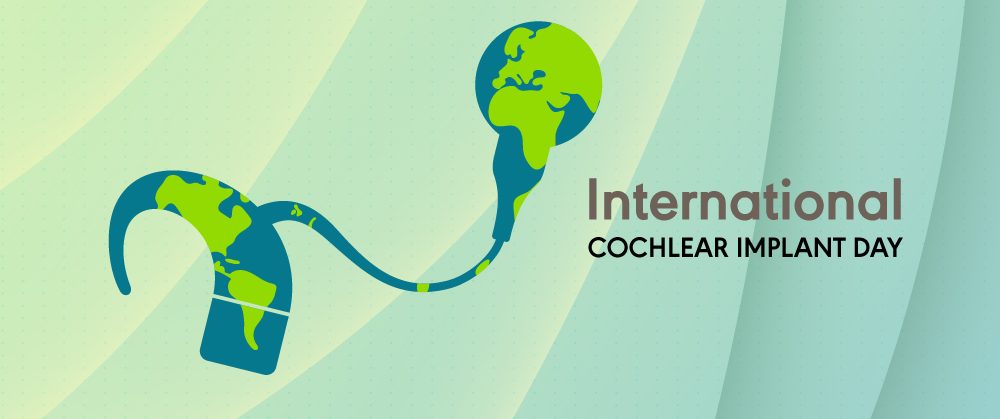It has been more than 65 years since the first successful cochlear implant surgery on February 25, 1957. Ahead of that important anniversary, we’re highlighting just a small portion of cochlear implant–related articles published in the ASHA Journals over the last year in honor of International Cochlear Implant Day.
Cochlear Implantation in the Clinic
Clinical Practice Patterns of Fitting Advanced Device Features in Children With Cochlear Implants: New technologies in the classroom and in cochlear implants themselves have given audiologists a number of tools to help children with hearing loss better understand speech in noisy environments. This article looks at how clinicians are implementing these advanced noise management features in cochlear implants for children—and how clinicians make these decisions.
Cross-Disciplinary Practices and Perspectives of Auditory Rehabilitation for Adults With Cochlear Implants: After cochlear implantation, auditory rehabilitation can help people with hearing loss in areas such as sensory management, perceptual training, and counseling. Authors surveyed hearing health care providers for people with cochlear implants and found a number of inconsistencies and obstacles to auditory rehabilitation.
Cochlear Implants in Children and Adults
Effect of Place-Based Versus Default Mapping Procedures on Masked Speech Recognition: Simulations of Cochlear Implant Alone and Electric-Acoustic Stimulation: In this article, authors addressed the wide variability in speech recognition in cochlear implant recipients. Ultimately, they found that they could reduce frequency-to-place mismatches to support better speech recognition by developing individual place-based maps as opposed to traditional default maps across cochlear implant channels.
Speaking Rate, Immediate Memory, and Grammatical Processing in Prelingual Cochlear Implant Recipients: Although prelingually deaf children show improvements across all communication domains—speech recognition, speech production, and language—after implantation, performance levels of deaf children often lag behind peers with typical development and hearing. Here, the authors investigated slower speaking rates in cochlear implant users, comparing speaking rate to immediate memory and grammatical processing in peers with typical hearing.
Readability of Cochlear Implant Brochures: A Potential Factor in Parent Decision Making: People who need audiology services in the United States face a number of barriers keeping them from finding the help they need—including a lack of information. This study looked at common informational materials provided to parents of children who may be eligible for cochlear implants and found that these materials may be difficult for the average English-speaking adult to read.
More Resources on Cochlear Implants
Thank you so much for learning more with the ASHA Journals in recognition of International Cochlear Implant Day. It’s estimated that more than 180,000 people in the United States have a cochlear implant, and millions more may benefit from implantation. We appreciate the role that ASHA’s audiologists play in helping people communicate every day of the year!
These articles represent a small portion of the hundreds of articles on cochlear implants in the ASHA journals. If you’re looking for more, you can start with last year’s coverage, where we celebrated International Cochlear Implant Day featuring articles from 2021. In addition, our Topic Collection on Audiologic/Aural Rehabilitation contains more than 900 articles—from all five of ASHA’s journals—on cochlear implants and other topics in aural rehabilitation. We hope that you enjoy the latest resources and tools from the ASHA Journals in celebration of International Cochlear Implant Day!









